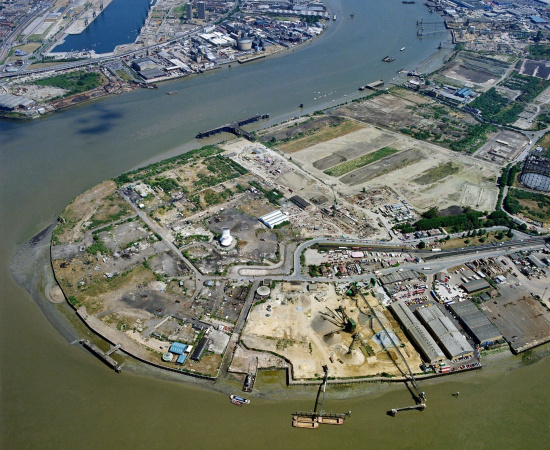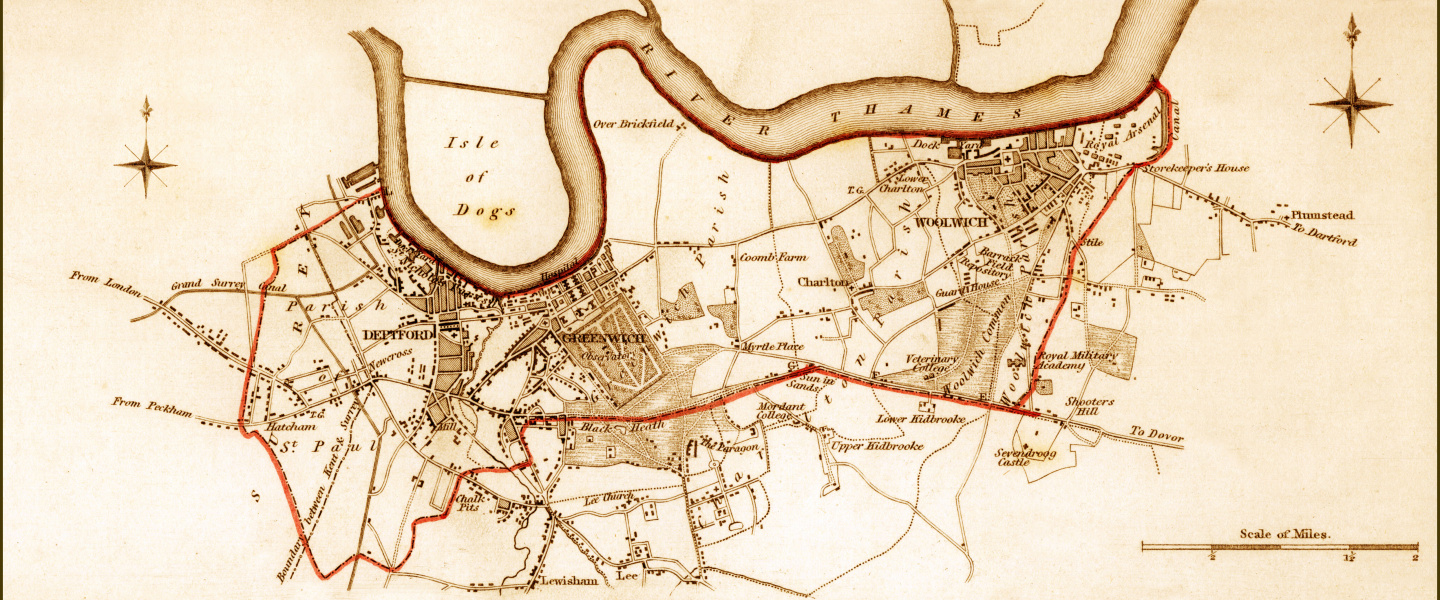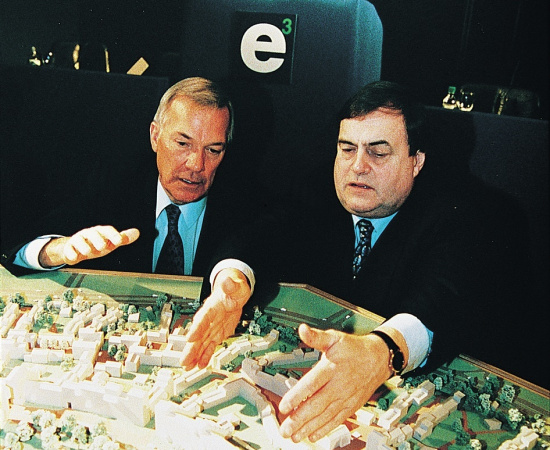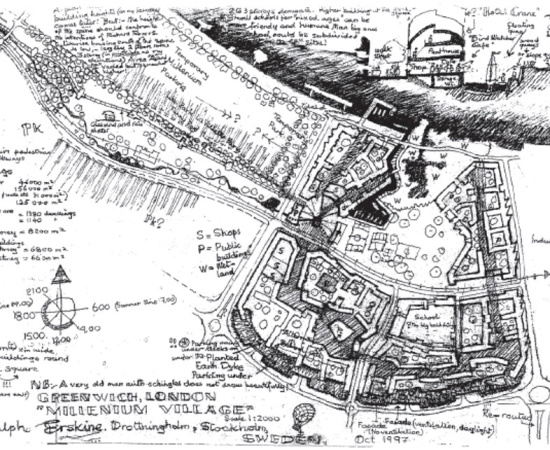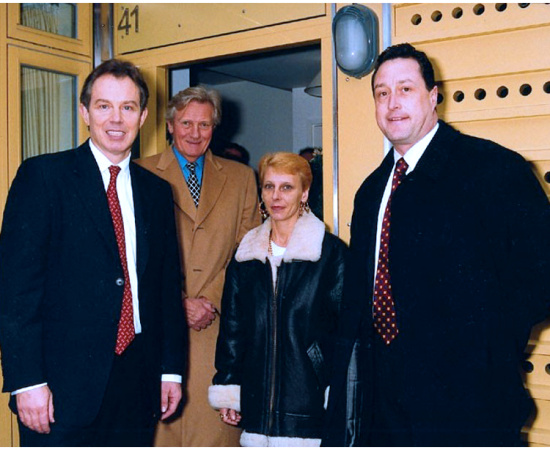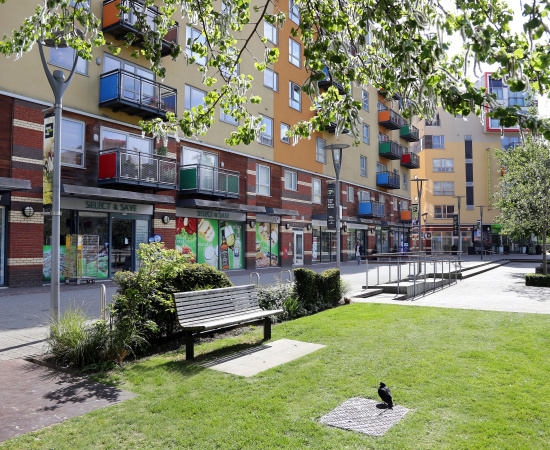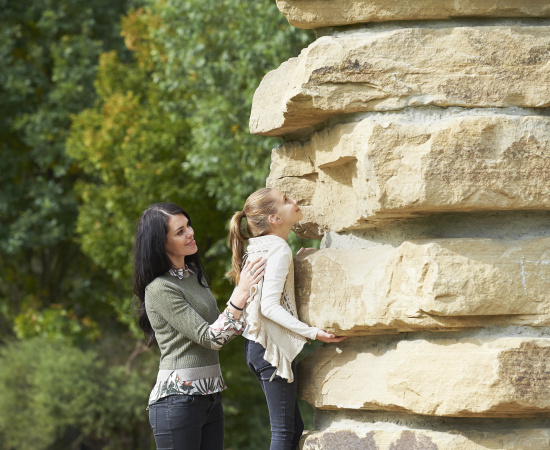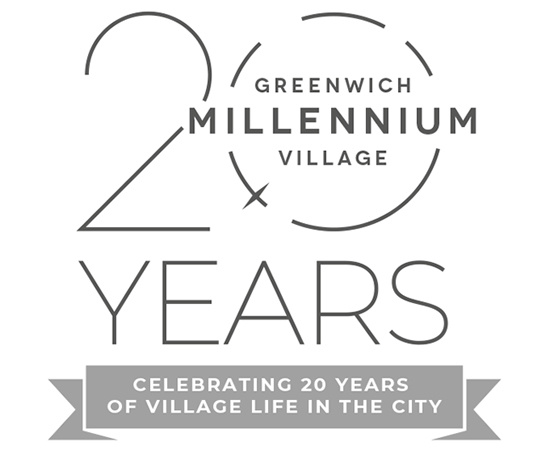The 20th Century
The 20th century saw the arrival of new companies to the Peninsula manufacturing bronze, asbestos and specialist animal feeds. However, none of them anticipated the industrial march of progress and, by the 1980s, with the discovery of North Sea Gas, changing production methods and many industries becoming obsolete, most of the Peninsula fell into disuse. As the 1990s rolled by, it was obvious this ex-marshland, no less stinking than it had been 300 years before, was ripe for regeneration.
